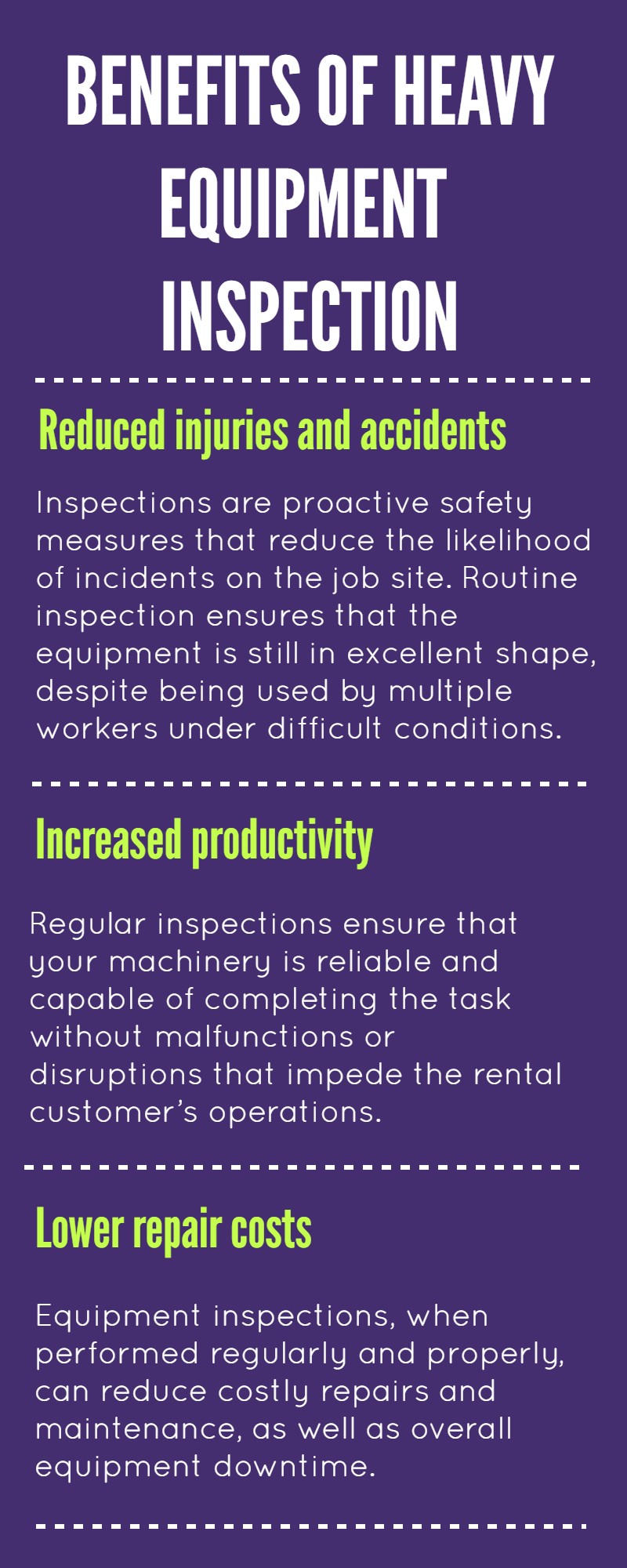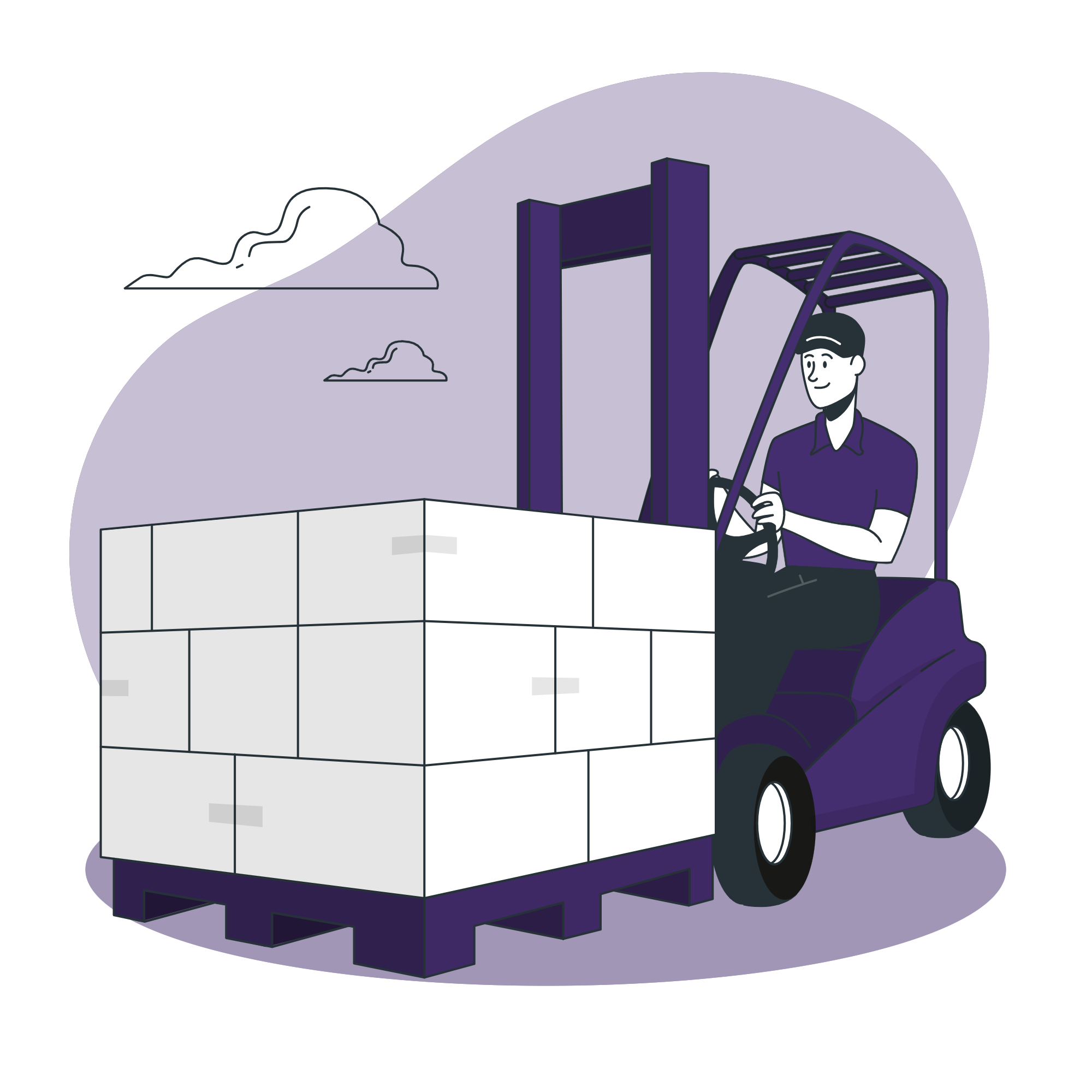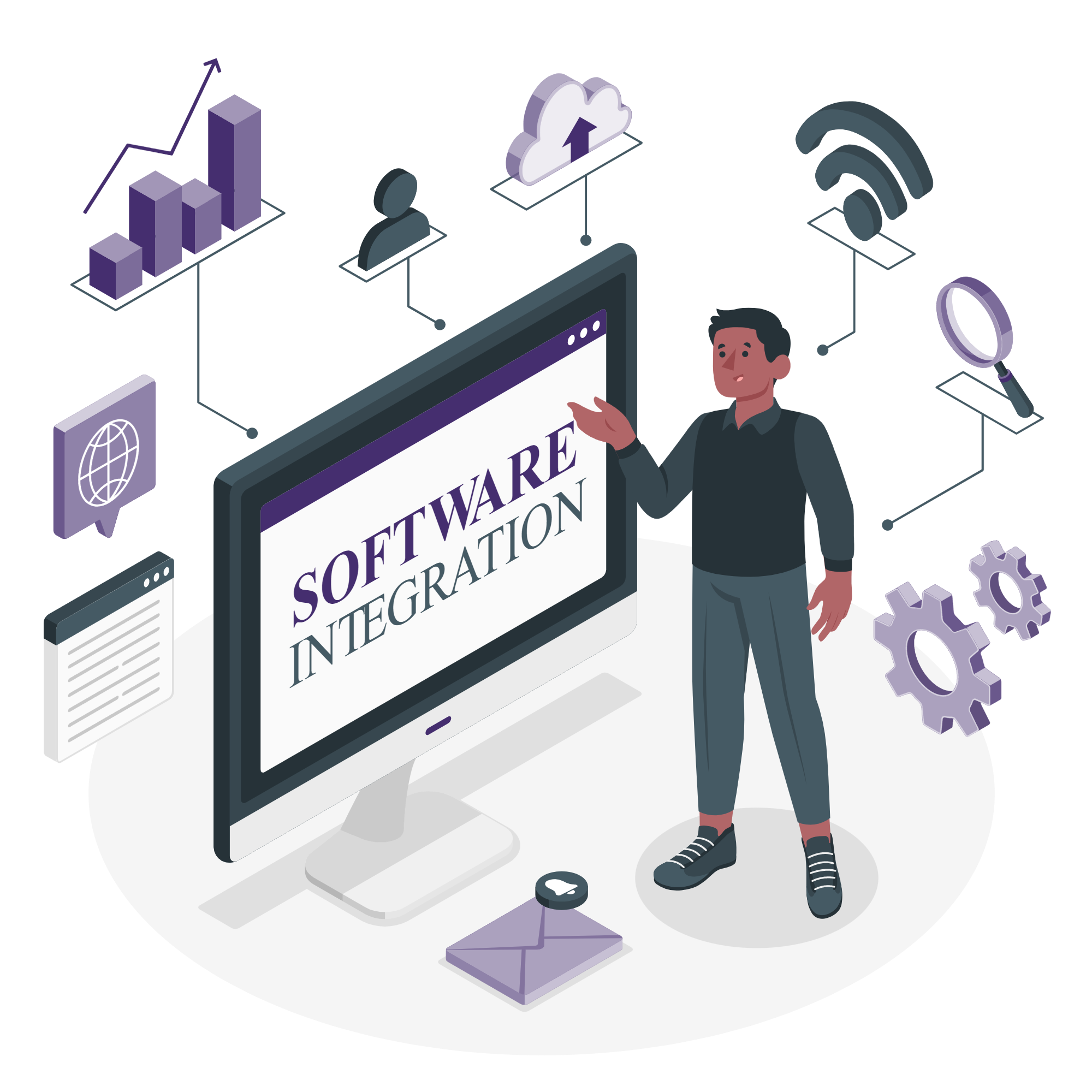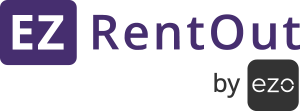Construction businesses handle various projects, all of which need various kinds of equipment. Whether it’s a bulldozer, backhoe, or scaffolding machine, machinery is always a significant investment. This is why renting heavy rental equipment for the duration of the project can be a practical and cost-effective solution that prevents heavy rental equipment accidents.
If you are in the heavy equipment rental business, companies depend on you to provide them with safe and reliable equipment. Heavy rental equipment is relatively safe when used properly by trained operators however, factory defects, equipment malfunctions, lack of safety training, and other issues can cause devastating accidents. Nearly 33.5% of fatalities are the result of falls from improperly maintained or tested equipment.
Heavy rental equipment accidents are a major obstacle to overcome for any rental business. These accidents can result in excessive, costly repairs and equipment downtime if not controlled and minimized. It also disrupts the flow of rental orders and has other negative impacts on business operations including:
1- Damage to your business reputation
2- Increased costs due to equipment damage
3- Dissatisfied customers and litigations
Having a proactive plan in place is crucial to providing convenient and reliable heavy rental equipment that your customers can operate safely. From reducing downtime to maintaining strict service schedules, and providing safety training, all this combined will give your rental business greater control over renting out reliable equipment to your customers and maintain a competitive edge in the market.
Here are some effective tips to help your customers avoid heavy rental equipment accidents:
1. Inspect equipment before renting out
Equipment inspection is a great way to make sure that everything is in working order each time items are rented out to customers. Rental businesses must ensure that the components are reliable enough to complete the intended task successfully and safely. Pre-delivery inspection checks help ensure that the equipment is in excellent condition and has been properly maintained.

Heavy equipment inspections involve hands-on testing and examination to get a close-up look at the equipment’s state, including any leaks, missing or broken parts, etc. An inspection checklist can be used to ensure that every item on the checklist is carefully examined and crossed off once it has been verified.
Negligence in inspection can be detrimental to a business’s reputation. For instance, it is important to check that all the components of the scaffolding machine are assembled properly. However, even a small mistake during assembly can cause operational bottlenecks and drive up repair costs. If this defective scaffolding was not properly inspected before delivery to the customer, the rental business could be held accountable in the case of the equipment malfunctioning. The result: Reputation loss for the business.
2. Preventative and timely maintenance
Rental businesses need to ensure that their heavy equipment rentals are functioning safely. If the rented out equipment is not properly maintained, it can cause breakdowns at the job site and injure the handler.
Preventative maintenance can help rental businesses reduce equipment failures and decrease the risk of accidents by fixing potential issues before they become actual equipment failures. Heavy rental equipment is frequently used in challenging working conditions, which means excessive wear and increase chances of breakdown. Routine maintenance checks and comprehensive servicing of equipment parts and tools are critical stopgaps to avoid unexpected problems.
A rental business has thousands of pieces of equipment and it is a time-intensive task to keep track of maintenance dates for every equipment. Maintaining regular service calendars and alerts for when maintenance is due can save time and ensure that you don’t miss out on important maintenance dates.
The Occupational and Health Administration (OSHA) mandates that heavy equipment that is damaged or broken must receive immediate repairs to avoid issues. OSHA lists the following as important for any heavy rental equipment maintenance
- A working brake system, including emergency brake and parking brake
- Working headlights, taillights, and brake lights
- An audible warning device, like a horn
- A windshield and windshield wipers in good condition
Compliance with OSHA safety standards and regulations by rental business owners assures customers that heavy rental equipment meets industry standards and is a reliable option.
3. Deliver heavy equipment and necessary parts ahead of scheduled rental time
Heavy rental equipment often requires installation or mobilization activities before it can be operated. This is why rental businesses must provide equipment with all necessary pieces well in advance to their customers.

Heavy equipment must be delivered on time so that your technical experts’ team has enough time to install the necessary components and get the machine up and running. Additionally, the additional time allows the customer to become familiar with the machine’s controls and functions. This can help customers to learn the basics of their rented equipment and take a test run to check if the equipment is functioning properly.
Timely delivery, proper installations, and test drives assure the customers that the equipment is safe to use on the job site, as they can ensure that all equipment and parts are in place and are in good working order. Early delivery is an important preventative measure to reduce the likelihood of catastrophic heavy rental equipment accidents.
During the familiarization process, your customer can also perform a brief inspection of all necessary parts delivered with the equipment, enabling them to contact the rental business if any parts are missing so that the remaining parts can be delivered within time.
Both the business and the customer can benefit from a proactive delivery approach and run final inspections before the machinery is put to use on the job site.
4. Provide training for use of equipment by customer
The risk of heavy rental equipment accidents can be mitigated by providing training to the equipment users.
Equipment controls, whether your customers rent a backhoe or a bulldozer, are likely to be similar to previous systems they have used. However, the position of controls, control function, labeling, and alarms, can vary significantly. Adequate training on how to use the equipment can ensure worker safety and minimize risks.
The rental business can also provide dos and don’ts of operating the equipment. Customers can read this before using the equipment to avoid any inconveniences on the job site.

5. Use equipment rental software to streamline operations
With the help of equipment rental software, you can easily plan maintenance on your equipment and substantially extend its lifespan. Regular alerts ensure that you never miss out on return dates or maintenance breaks. Additionally, you can choose a delivery date and have the delivery status updated automatically to in-progress, delivered, or completed, as your equipment changes locations.
Equipment rental software provides you a centralized, real-time perspective of your complete equipment landscape through integrated equipment tracking software, ensuring that the right items are available at the right time.
About EZRentOut
EZRentOut, a cloud-based equipment rental software can help. EZRentOut offers companies in numerous industries seamless rental management along with a host of other features. You can integrate your website with our EZR plug to keep track of all your rental Assets and operations.









